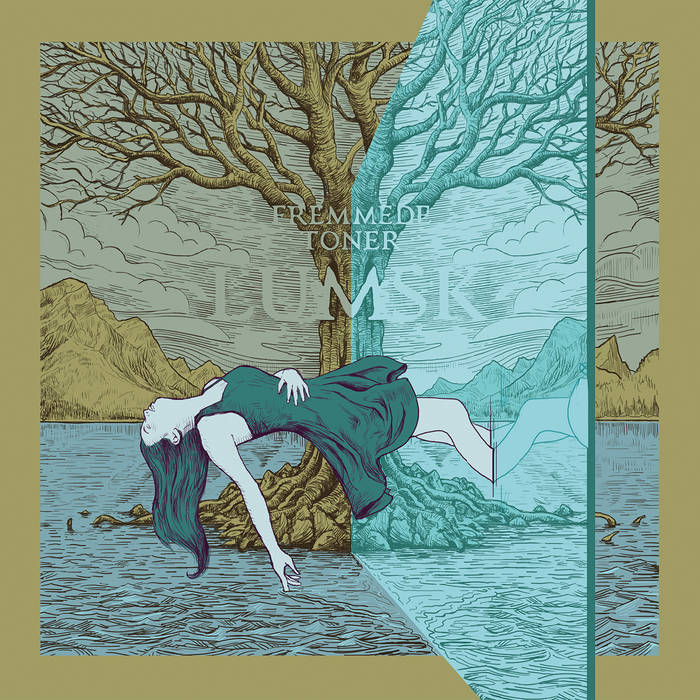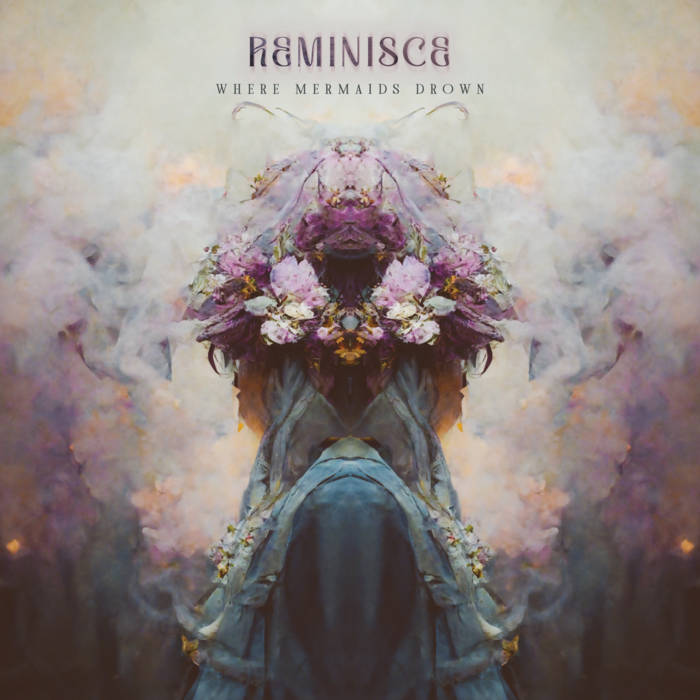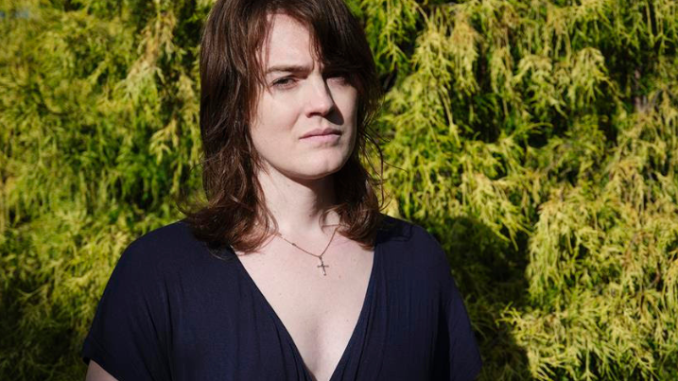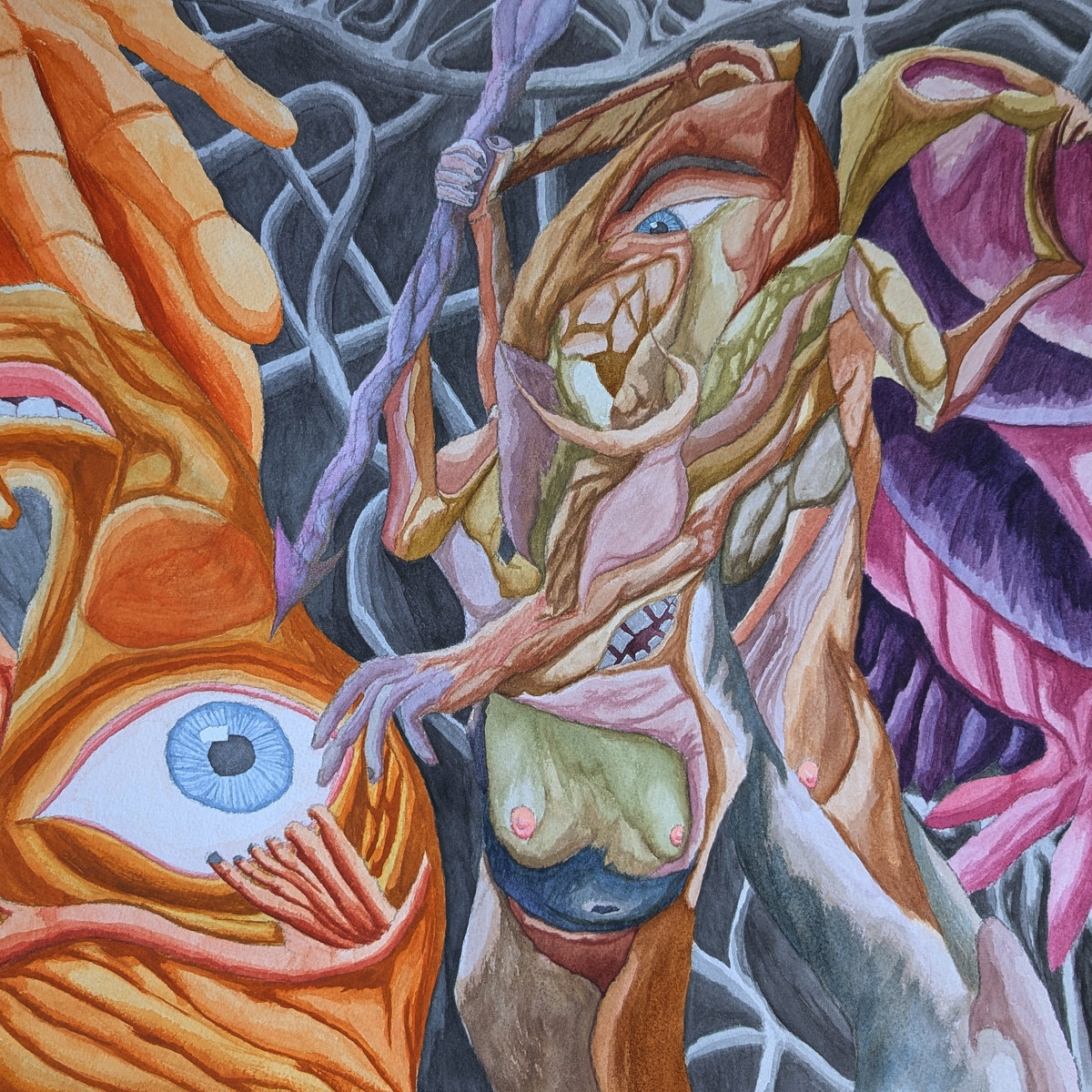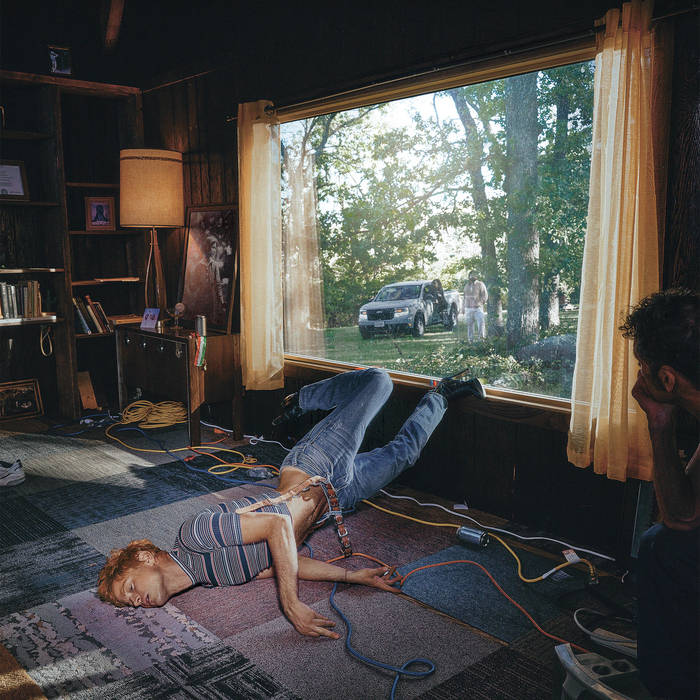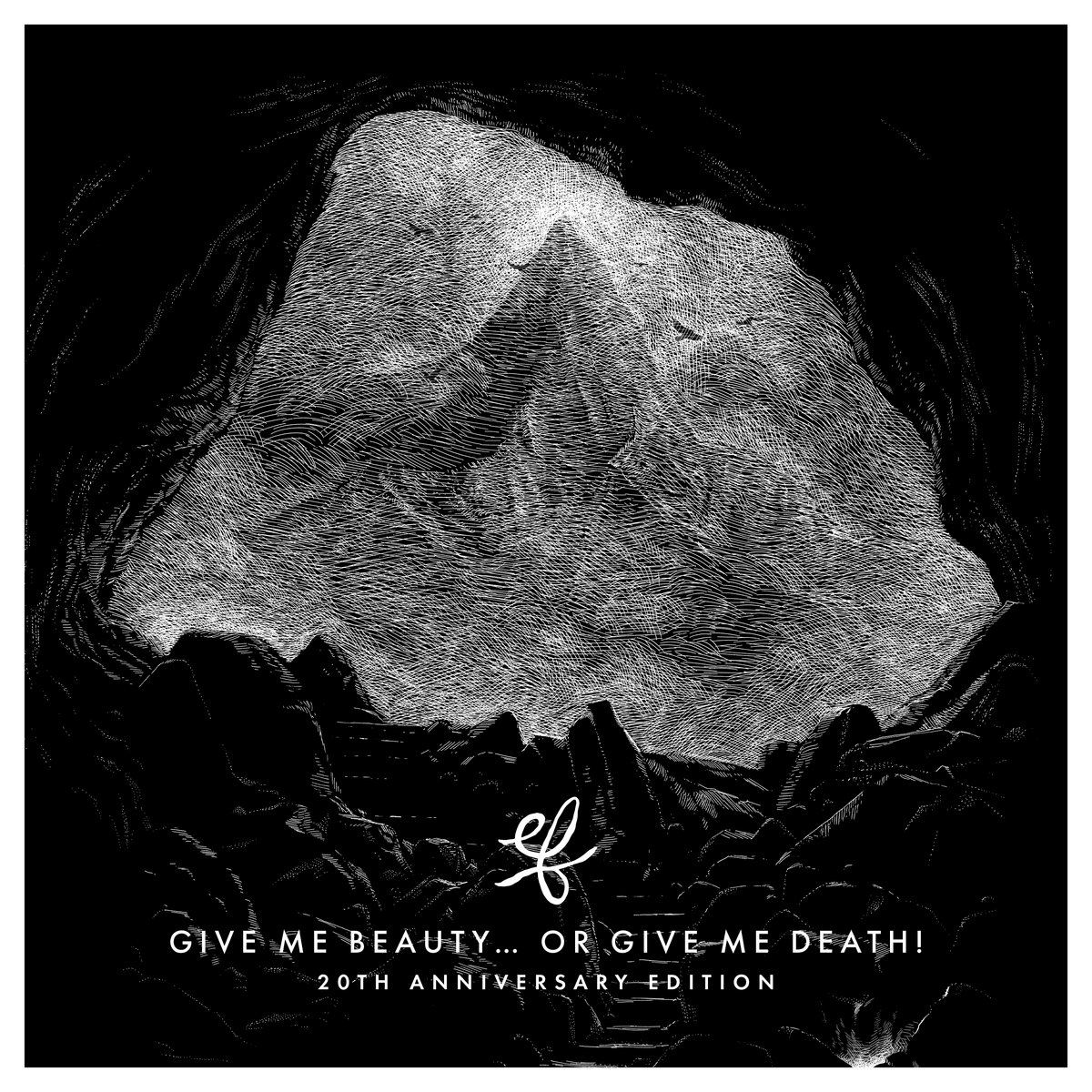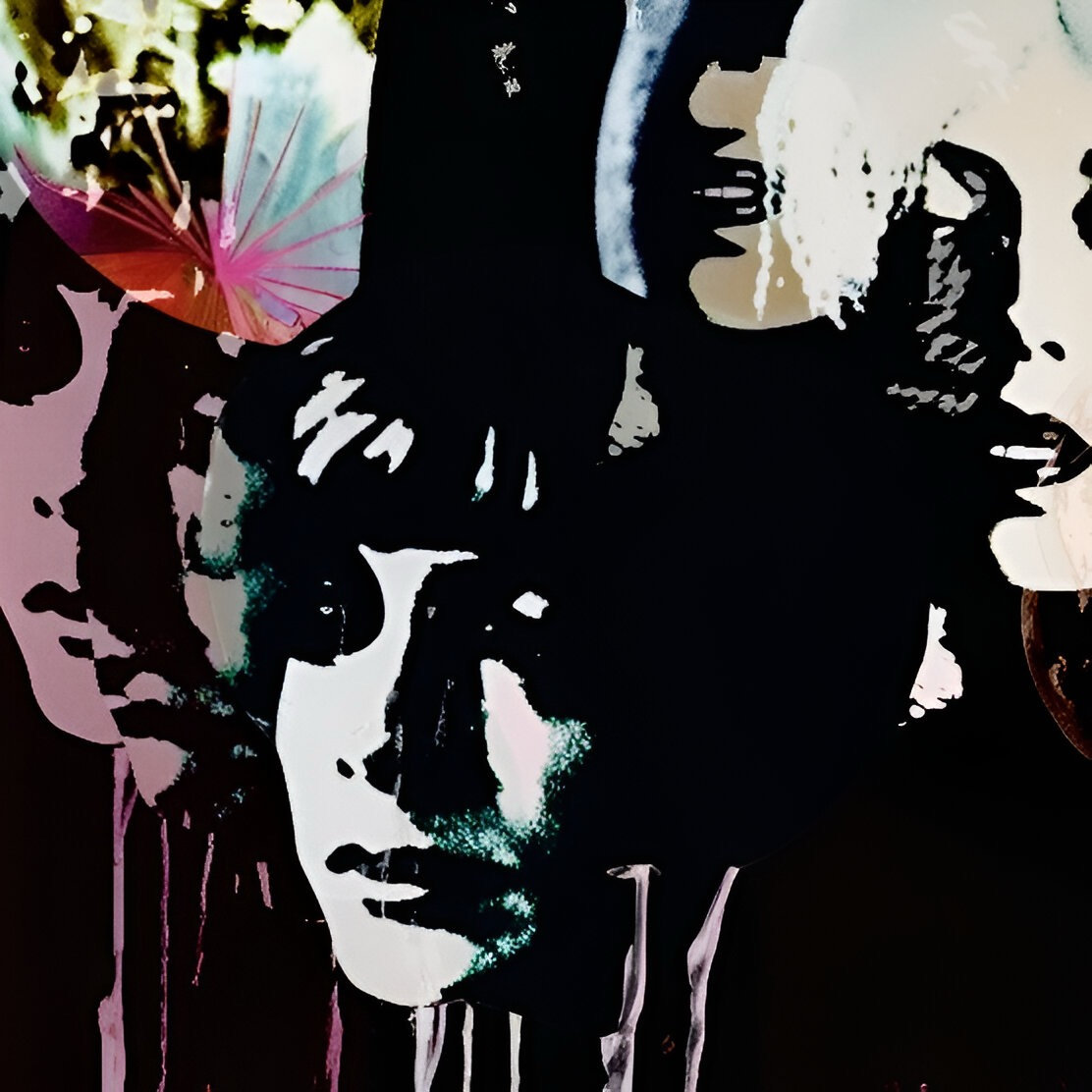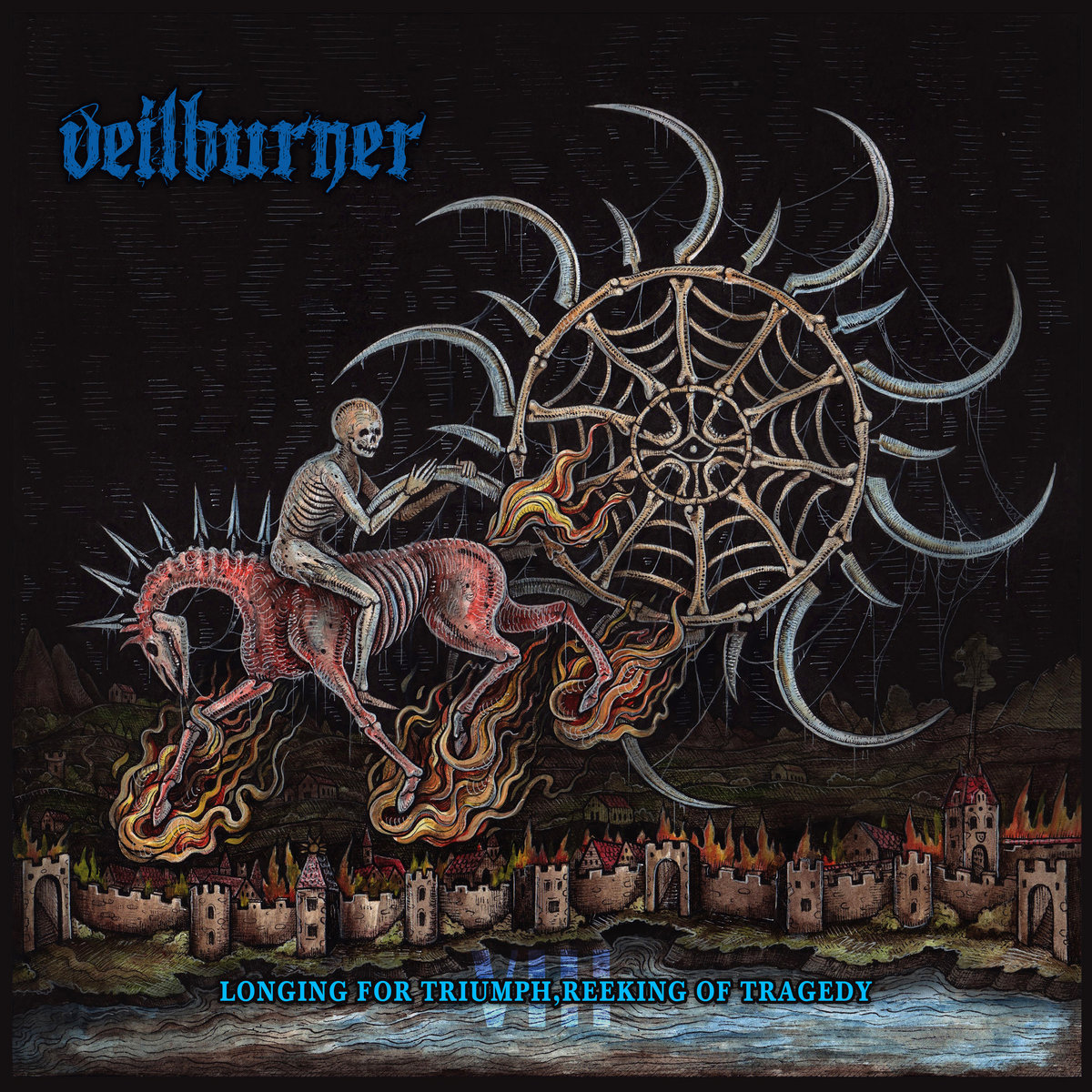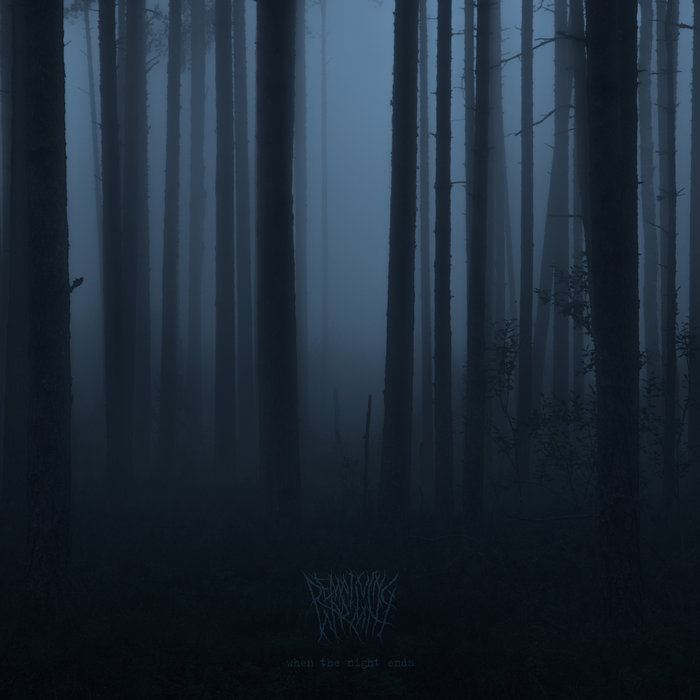Textured, evocative, and captivating Progressive Folk Rock with hints of Metal in its riffs from the Norwegian septet Lumsk. They top their game sixteen years after their brilliant last release Det Vilde Kor. This new release will earn them new followers and one will hear pangs of joy from us who followed them from the start in 1999. It is a release of wonderfully layered music built around poems translated into Norwegian by the multi-talented Andrè Bjerke, thus the title Fremmede Toner, which translates to Foreign Tones.
Andrè Bjerke was an Oslo-born poet, author, and many more things. He translated the world’s finest poets and authors and thus introduced them to Norwegians. In 1947 he published the book Fremmede toner, a collection of translations of international poets, and he revised his translations over the years for new editions. His translations, either it was Schiller, Goethe, Rilke or Shakespeare were always beautiful and well crafted. Lumsk has chosen six wonderful poems and interpreted their content in mesmerizing compositions led by the timbre of Mari Klingen´s vocals.
Although it is six poems and songs, the album contains twelve songs as the creative minds behind Lumsk do the songs first in the Norwegian language and then in its original language. Each song has an enthralling core melody but is arranged almost beyond recognition in the original language version. The first song ”Det Døde Barn” (a poem by C. F. Meyer) opens with what seems like echoes from the woods and is overtaken by some soft piano and gliding synths. Klingen´s voice is soft and a bit sad. As the song develops along the line of a Post Rock track, the music becomes heavier and the vocals stronger while soaring wildly and free over the intense crescendo-like music. ”Das Tote Kind” is the poem’s original text and this song turns into progressive metal with heavily distorted guitar riffs, organ and synths providing the backdrop to the strong and clear vocals while a piano plays along the heavy riffs. The sonics are sucked in to heavy metal riffing, deep-end bass, cymbals, and hard drumming supporting vocals that seem furiously frustrated.
The second song on the album ”En Harmoni” (A. C. Swinburne) is slightly opposite as it is a festive folk rock song with happy vocals in an often care-free mode. It glides into a brisk instrumental part where the violin is joined by the whole band driving the melody forward until it is met by the festive vocals to take the lead. As the song nears íts end, the violin slides into a folk tune as the song fades away. The version with the original version ”A Match” opens with a strumming electric guitar supporting soft, longing male vocals singing with a slight vibrato. The captive melody smoothly moves into a harmony between the male and female vocals joined by organ and soft instruments elevating the meaning of the song. The guitar and violin take over an instrumental part of the song before the male voice returns in a hurried mode. The song is lifted by a crescendo led by the violin and the male and female vocals grow strong answering each other and then the whole thing takes a turn with heavy riffing and chugging before an abrupt halt.
And like this the music moves through different styles, bathing the beautiful lyrics in melodies that match the tenor of the words. Like the earworm melody of ”Under Linden” (W. von der Vogelweide) that engages the listener through its mood of joy. It really shows the full force of the singer´s voice while a solo guitar with the organ and fast drumming build extensive soundscapes. The music for the Medieval German original ”Under der Linden” is equally joyful, but more complex and the happiness becomes stronger as the organ gives the sense of a Tivoli as it sounds like a Barrel organ in the midst of the soundscape. The song grows tight as the singer leads with her strong vocals and after a mid-section of heavy riffs, the song takes a turn for the happier side again with the Barrel organ mode coming up once more.
The last song on the album ”The Day is Done” (H. W. Longfellow) is also the longest one and has its equivalent in ”Dagen er endt”. The original language version leads with strong male vocals that become hard as the other instruments join in with heavy riffs overtaken by a fast organ playing with a burst of riffs. The song simmers down with soft female vocals until it surges upwards as the strong vibrato male voice joins and they sing in harmony. The song eventually sweeps into a crescendo with riffing guitars and organ towards the end. In contrast, the Norwegian version has a softer approach to the melodic themes as it opens with soft and friendly female vocals. It has its twists and turns with heavy riffing, and solo guitar, but is softened by the organ and even with an open part when only violin and piano supporting the vocals. Towards the end, the unhurried pace led by the organ gives a sense of undulating music while a guitar builds the sonics with a high-pitched longing solo until a violin takes over to deliver the song to the piano to end the Norwegian part.
As they have stated; in these 16 years they have always been here, it just took time to make this new album. And they did it with care and deep respect for the poems they set music to. When it can be done as beautifully as Lumsk has, it was worth the wait. Making and arranging a song like ”Fiolen”/”Das Veilchen» (J .W. von Goethe) among the others on the album once more shows that Lumsk is a band of visionary musicians at the height of their creativity.

